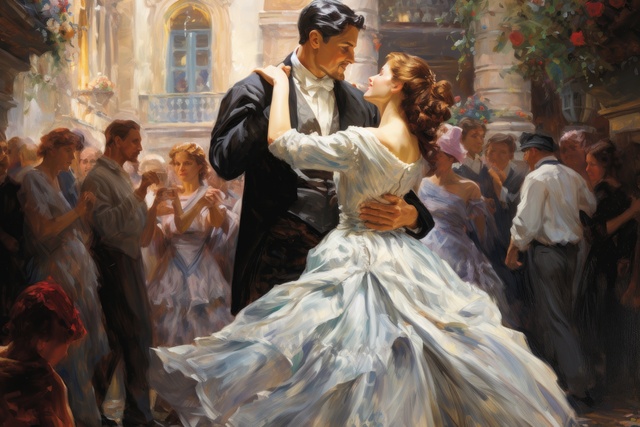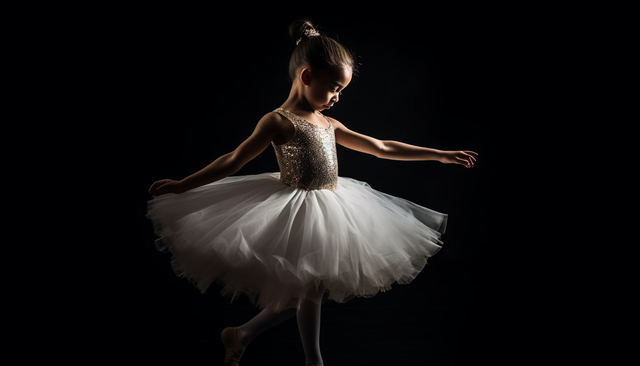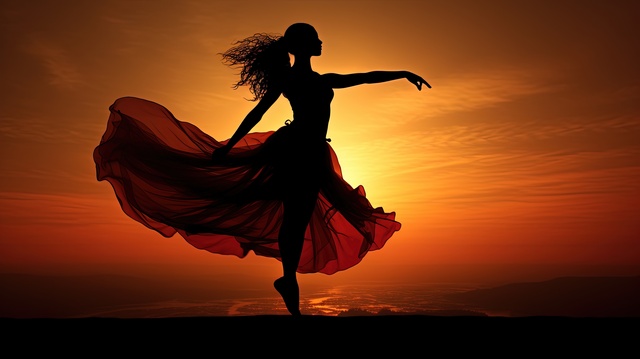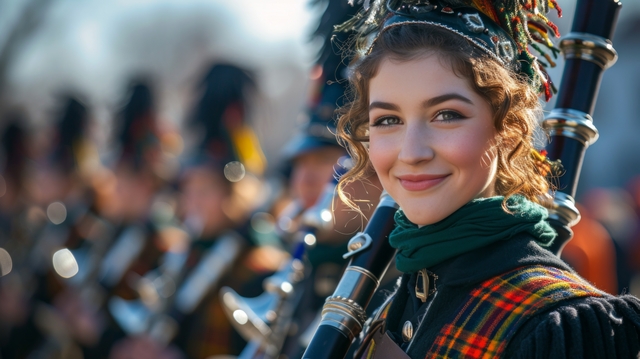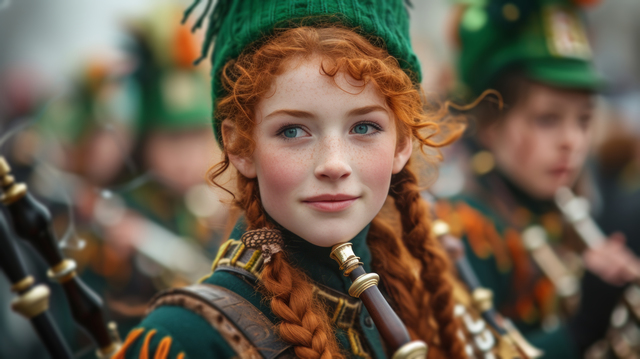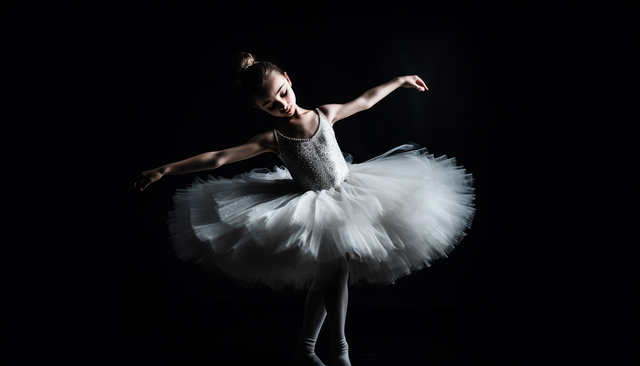
MUSICAL NAMES FOR LITTLE GIRLS
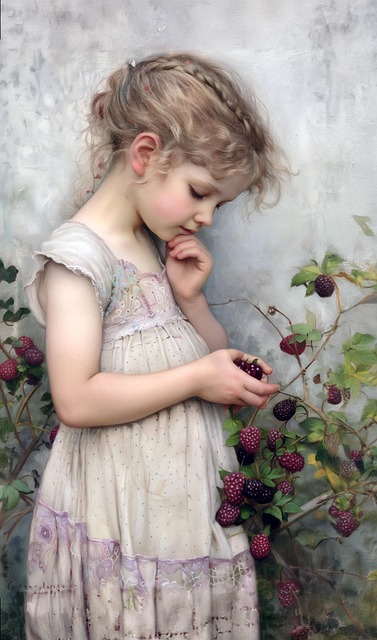
Image by Alana Jordan from Pixabay
BEAUTIFUL BABY GIRL NAMES THAT ARE FROM
MUSIC HISTORY & MUSIC TERMS
Words from the world of music are so beautiful! They should be used more often. Here are some charming and creative names for your unique and precious baby girl.
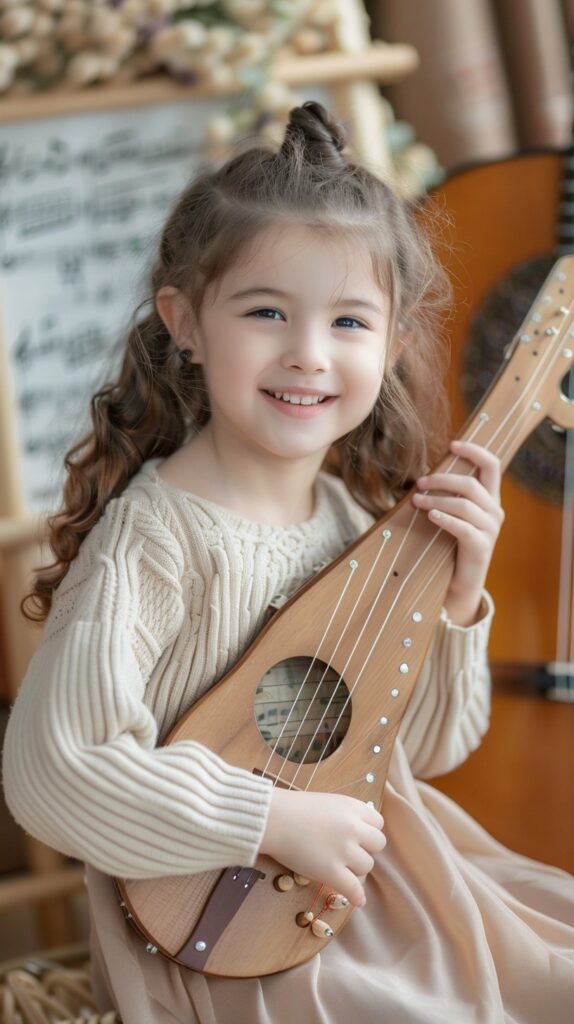
StockCake
SONGS
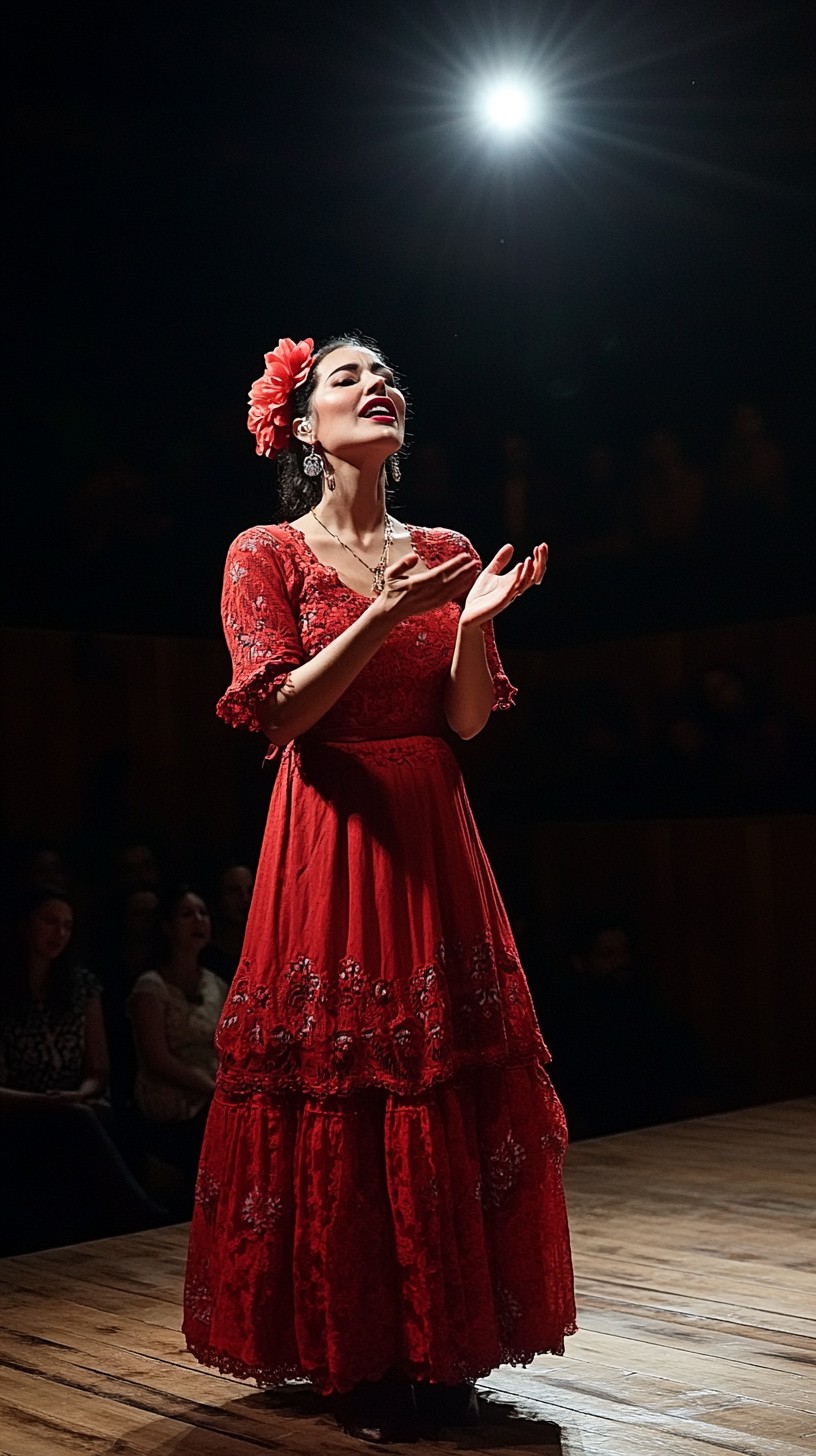
StockCake
Aria
Italian. A short lyrical song, usually dramatic and usually from an opera.
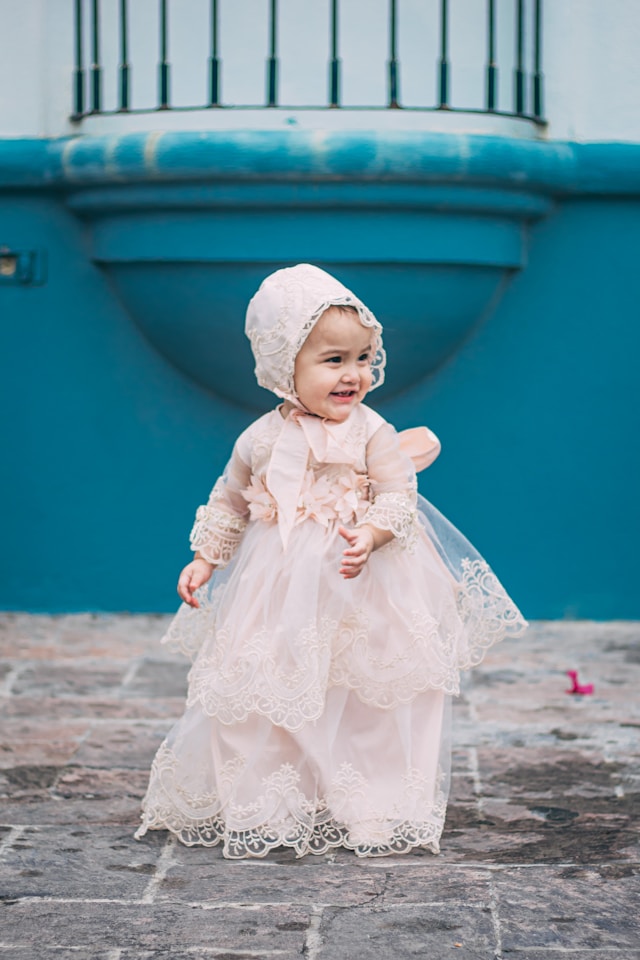
Photo by Alba Rebecca on Unsplash
Arietta
A short aria.
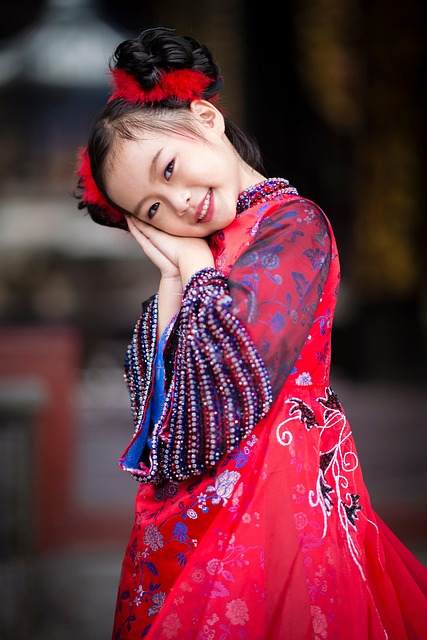
Image by Tiểu Bảo Trương from Pixabay
Chanson
A song set to French words. An early madrigal.

Photo by Kayan Baby on Unsplash
Kalinka
A Russian Guelder Rose. A popular Russian folk song titled “Kalinka” was written by Ivan Larionov in 1860.
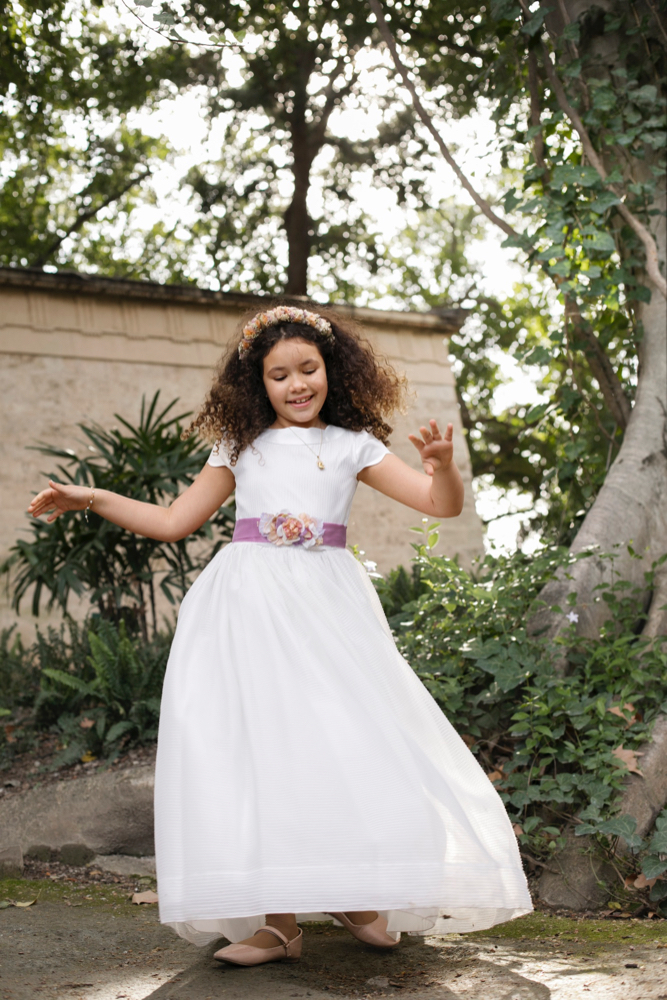
Lied
German for “song.” Lieds were popular during the Romantic Era.
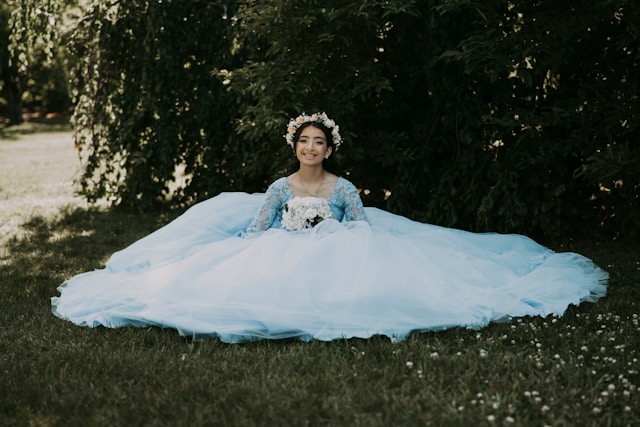
Photo by Ansspvt Titan on Unsplash
Madrigal
An Italian vocal composition for several voices. Popular during the Renaissance Era.

StockCake
Pesenka
Russian for “little song.”

Filipe Leme
Rondeau
A French Medieval love ballad, sung by troubadours. It has a main section and variations.
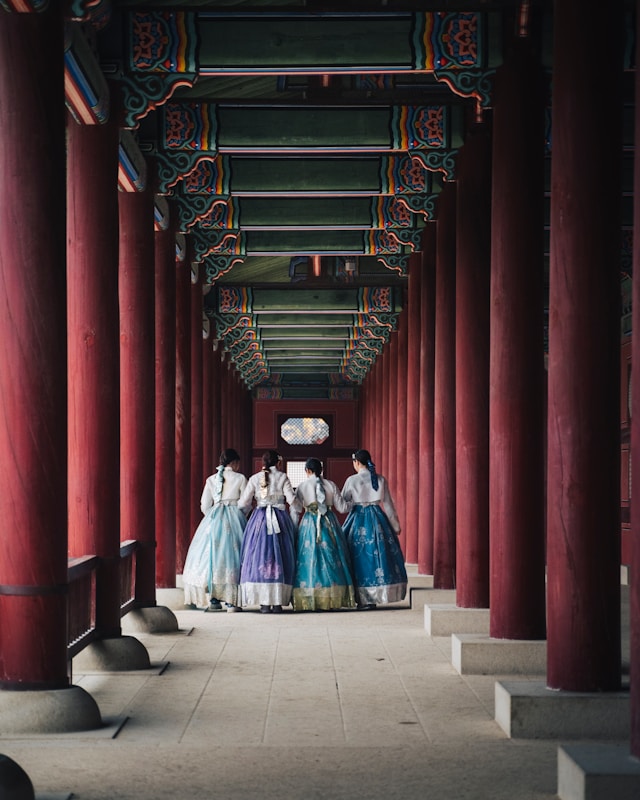
Photo by jet dela cruz on Unsplash
Serenade
Italian for “calm.” A love song, often sung at a lady’s window. Popular during the Classic Era.
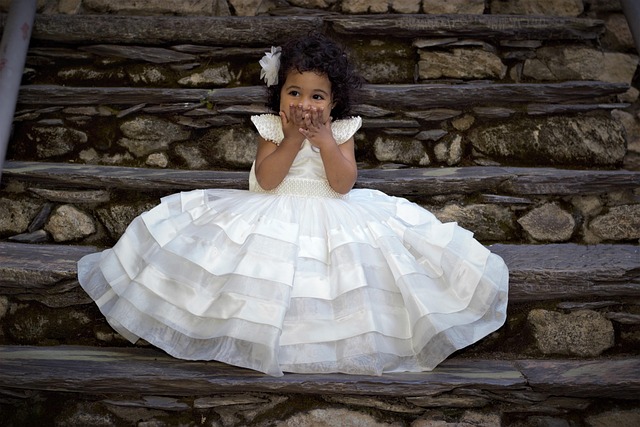
Song
A short vocal composition with lyrics.

Toan Nguyen
Vocalize
A wordless song, sung with vowels.
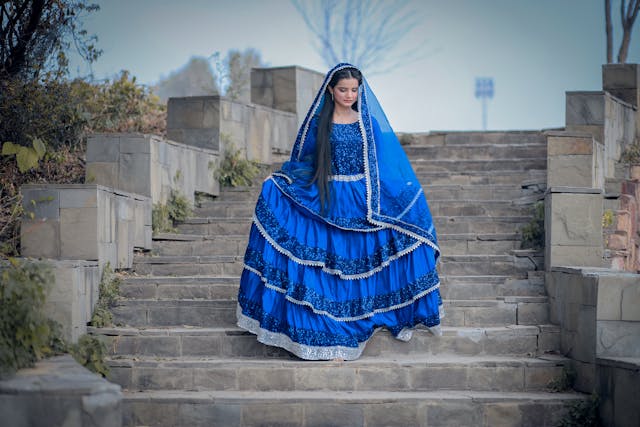
Jk Films
MOVEMENTS & PIECES
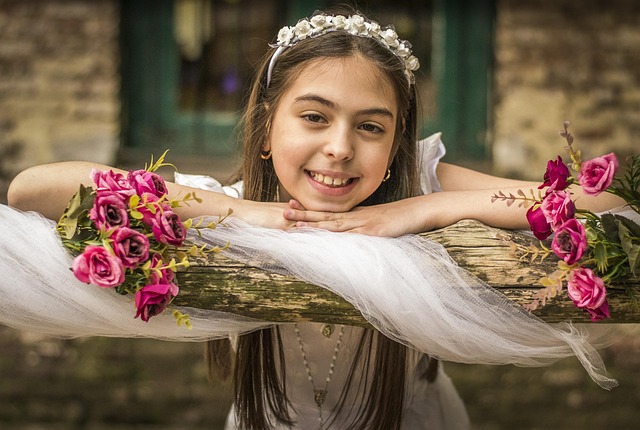
Image by Adrian Cento from Pixabay
Alla Marcia
Italian for “in the manner of a march.”
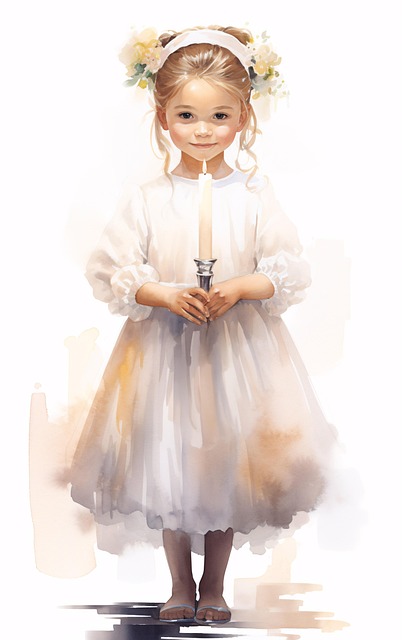
Image by TyliJura from Pixabay
Canon
A composition that is contrapuntal. The main melody is imitated, note for note, by a second part, in an overlapping fashion.

StockCake
Rhapsody
Greek. An instrumental piece in one movement, often based on a folk tune.
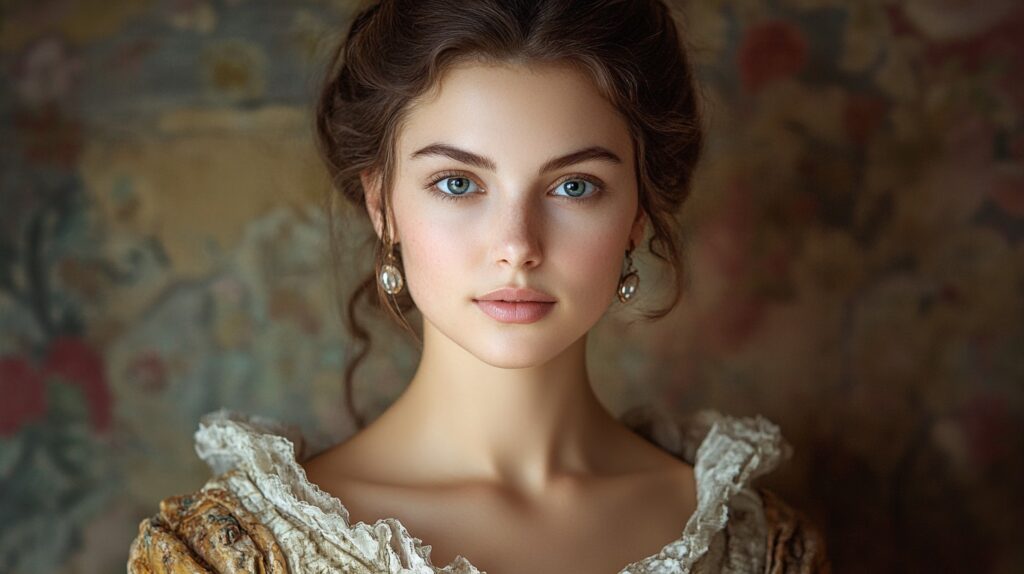
StockCake
Rondo
A composition generally for instruments, in which one section intermittently recurs. Popular during the Classic and Romantic Eras.
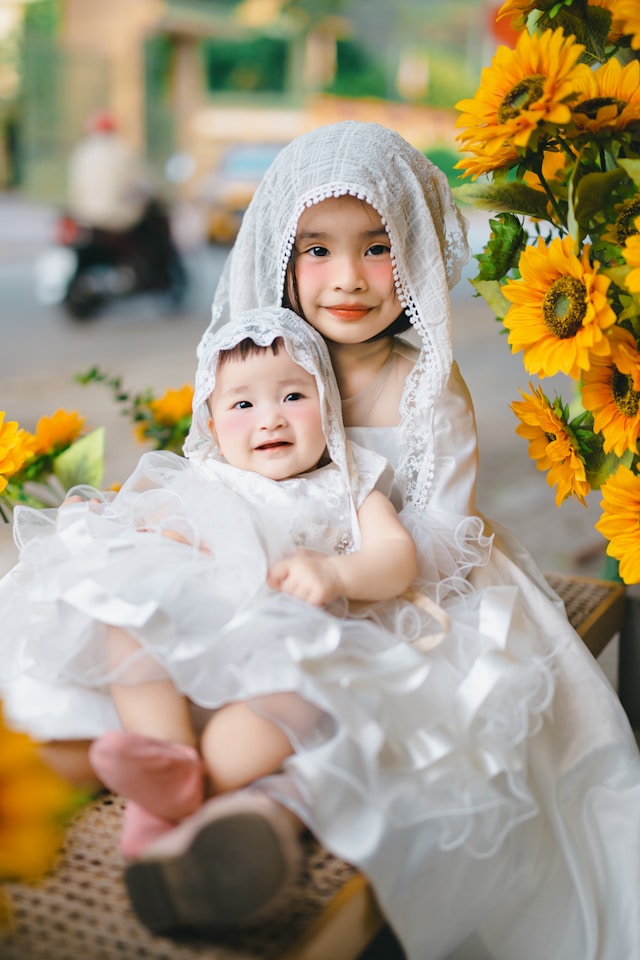
Scherzo
Italian for “jest.” A quick and light movement, often in 3/4 time.

Image by Jill Wellington from Pixabay
Sonata
An instrumental composition with several movements. Developed in the Baroque Era.

Photo by Kayan Baby on Unsplash
Sonatina
Italian. A Short and light sonata.

Image by Hai Nguyen from Pixabay
Sonatine
French and German for sonatina.

Little Girl And Mother Stock photos by Vecteezy
Toccata
A short movement, often a prelude. A toccata is usually for a keyboard instrument, often showing off the performer’s virtuosity.
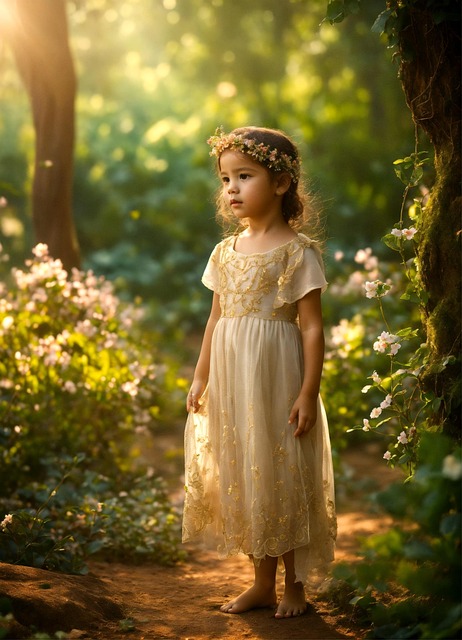
Image by Jim Cooper from Pixabay
DANCES
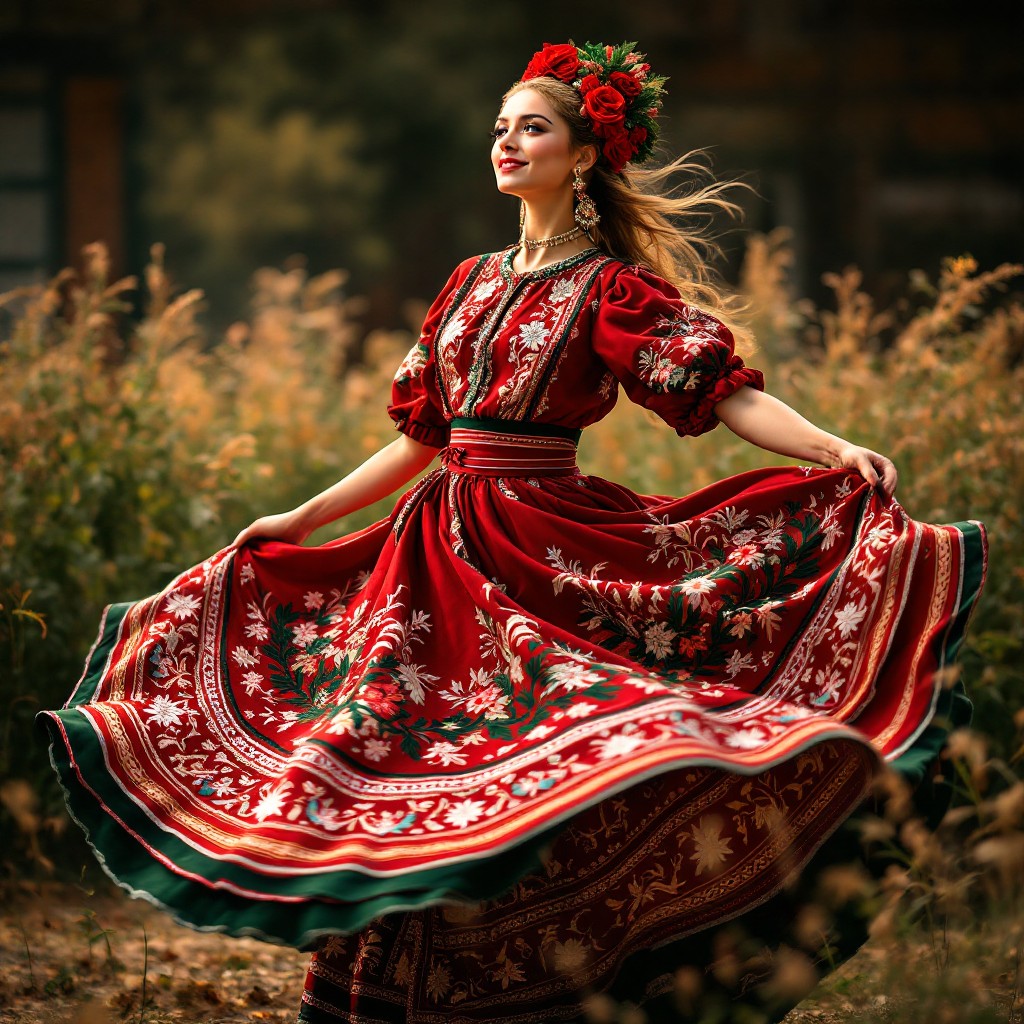
StockCake
Allemande
A German dance from the Renaissance Era. It is in 4/4 time and is slow and graceful. During the Baroque Era, it became part of the instrumental dance suite.
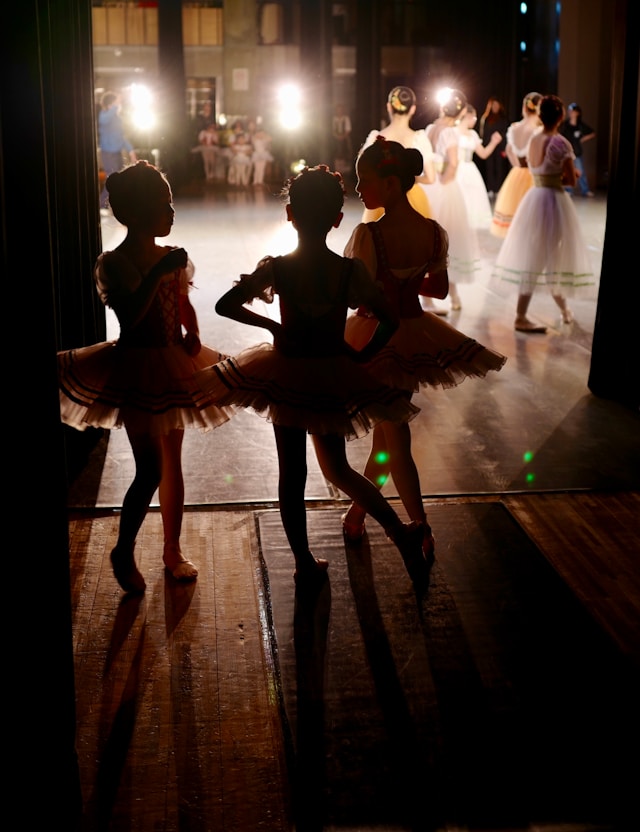
Photo by Kazuo ota on Unsplash
Bourree
A lively French dance. It is in 4/4 time, and it begins on an upbeat. The bourree was popular during the 17th and 18th centuries.
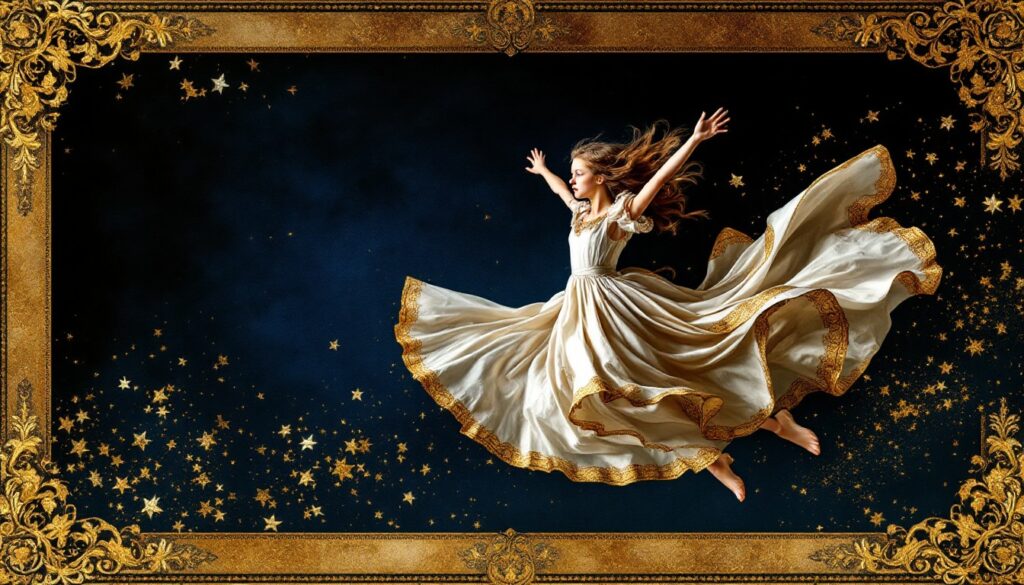
StockCake
Branle
A sideways step circle dance, often with singing. Developed during the French Renaissance.

Image by Jill Wellington from Pixabay
Carole
A French Medieval circle dance.
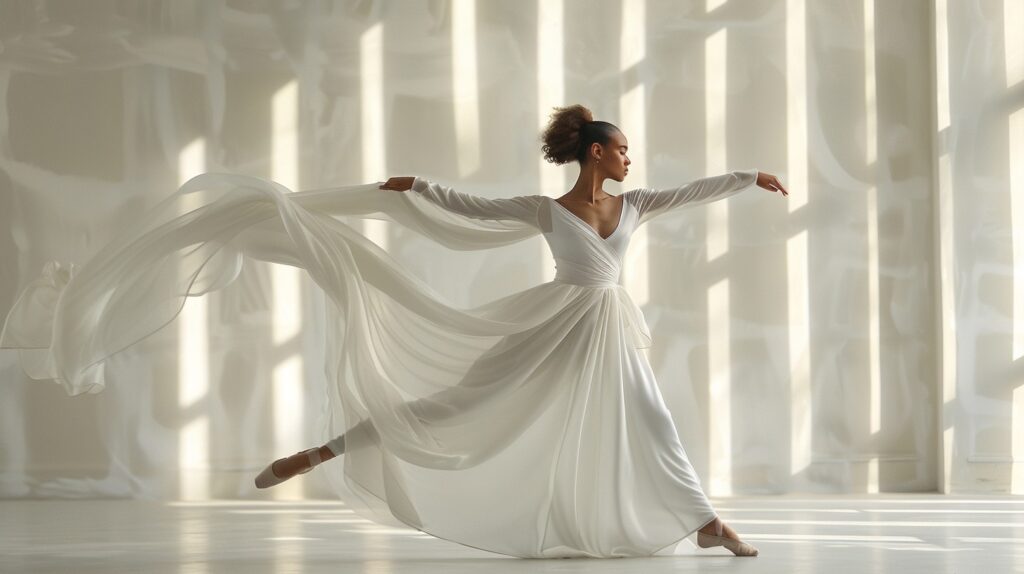
StockCake
Chaconne
A slow triple meter dance. Developed in the Baroque Era, but popularized during the 1800s.
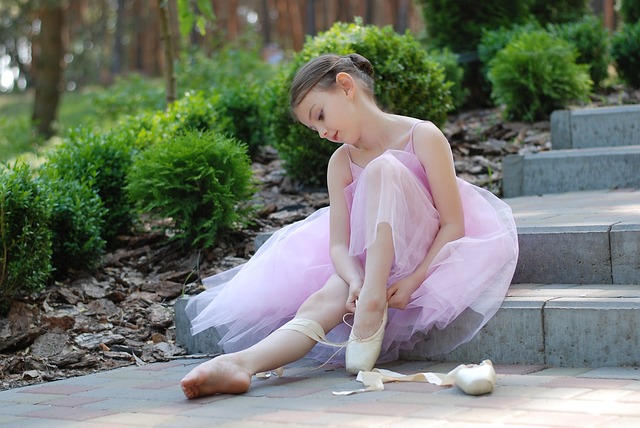
Courante
A French dance that developed in the 1500s. It became part of the instrumental dance suite during the Baroque Era.
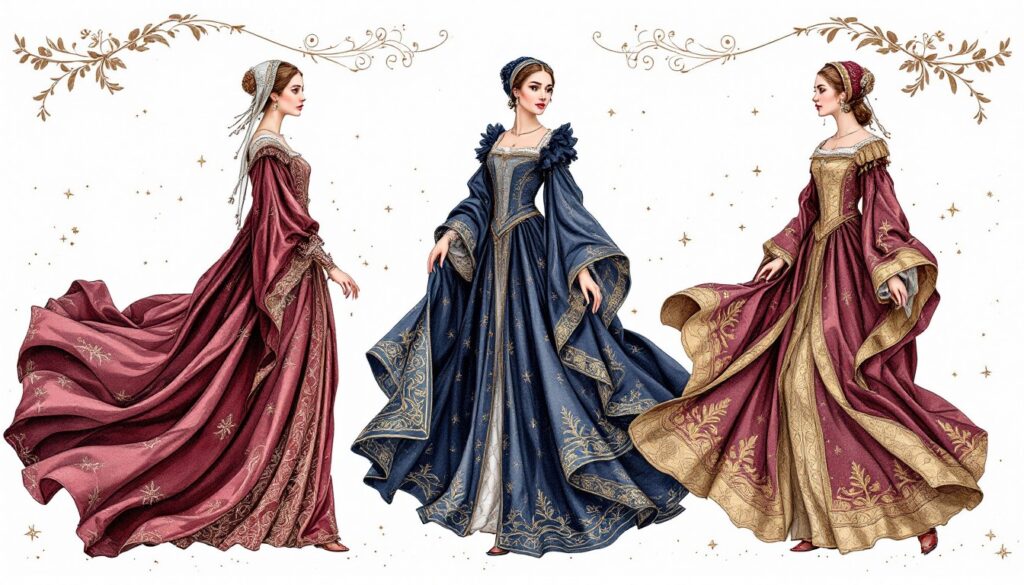
StockCake
Gavotte
A French folk dance that became a court dance in the 1500s. During the Baroque Era, it became part of the instrumental dance suite.
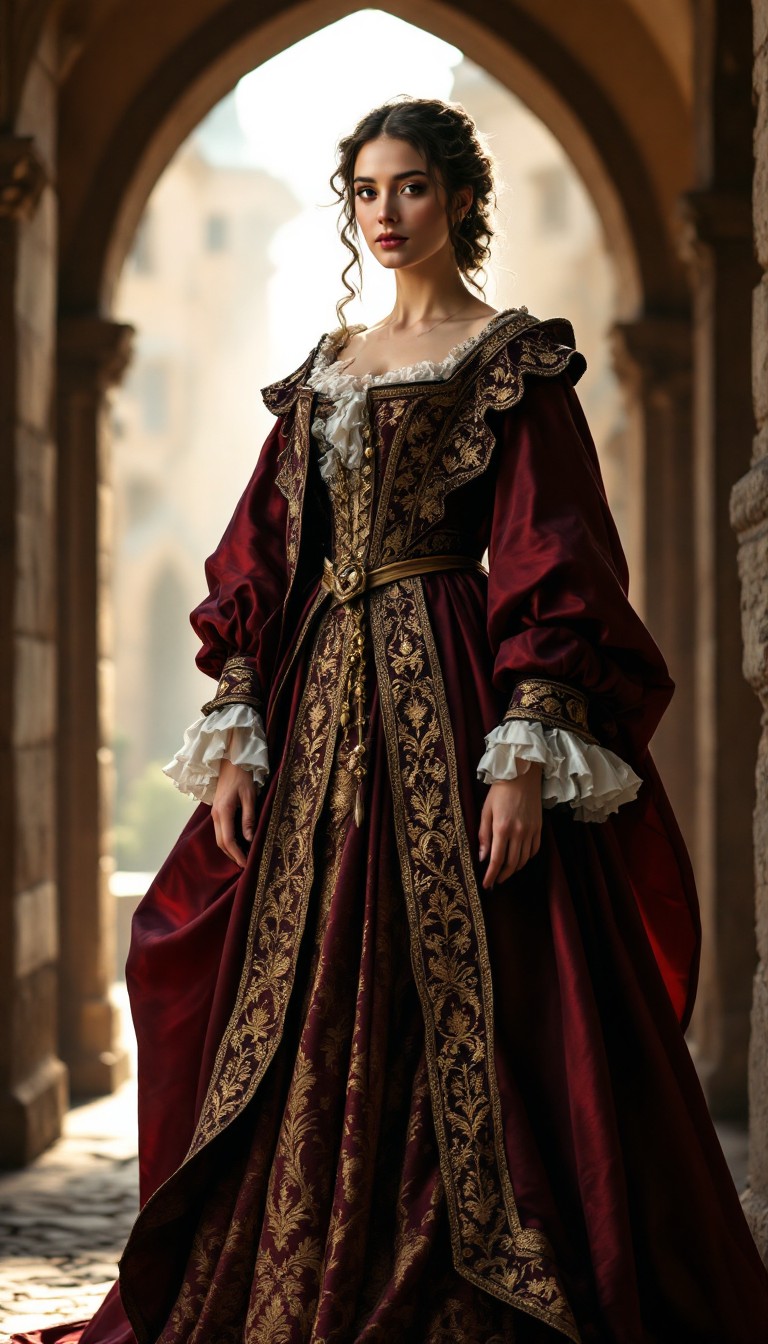
StockCake
Landler
A slow waltz that originated in Landel, Austria.
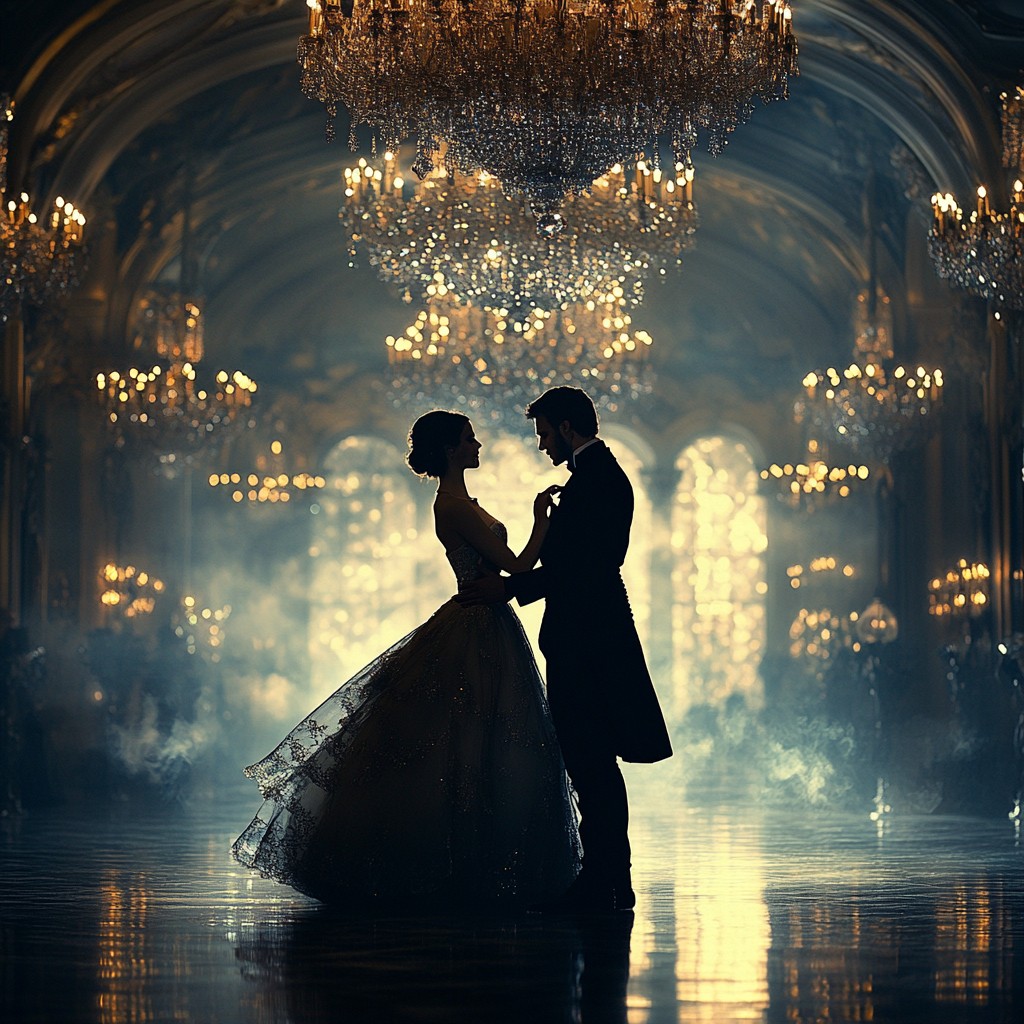
StockCake
Mazurka
A Polish folk dance. The mazurka was popular during the Romantic Era.

Image by senivpetro on Freepik
Menuet
French. A dance for two people. “Menu” meaning small, for small, elegant steps. Often written in 3/4, but performed like 6/8. Popular during the Baroque Era.
Minuet
The Italian form of the French menuet.
Musette
A pastoral dance that became a popular court dance during the reign of Louis XIV.
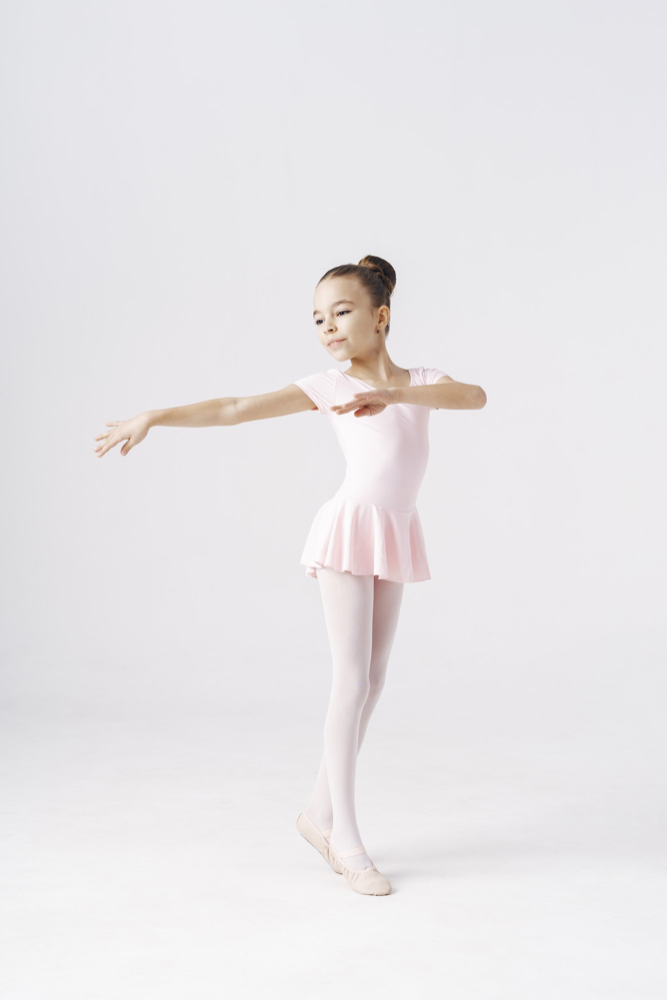
Image by ArthurHidden on Freepik
Pavane
A European court dance. Popular in the 1500s and 1600s.

StockCake
Polonaise
A Polish folk dance in triple meter. Popular during the 1500s.
Rigadoon
English form of Rigaudon.

StockCake
Rigaudon
French. A 17th and 18th century Provencal folk dance in duple or quadruple time.
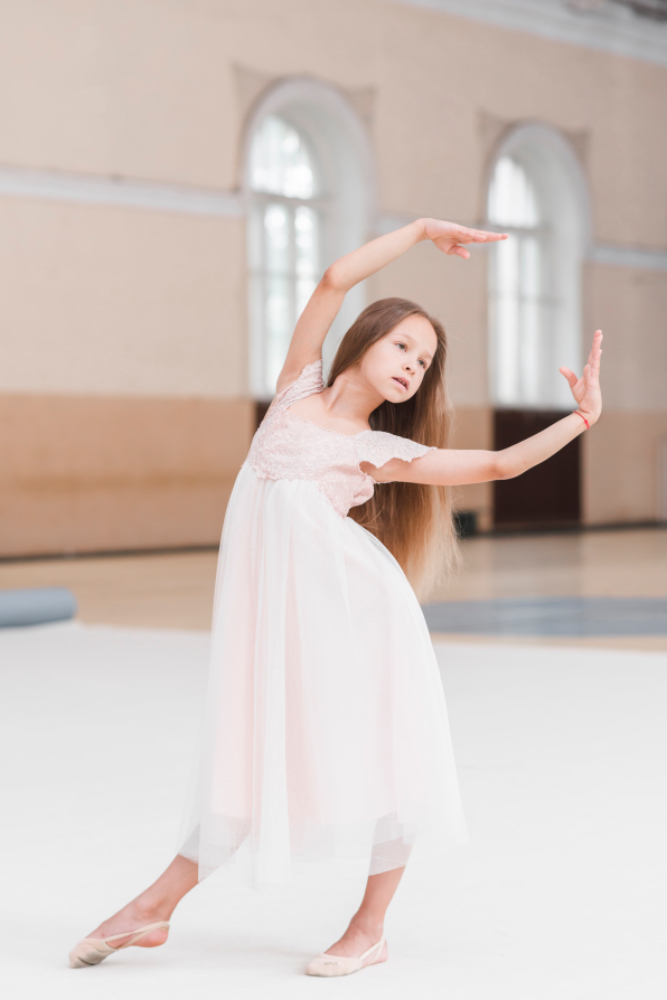
Saltarello
A lively Spanish and Italian dance in triple meter. A saltarello involves jumping.
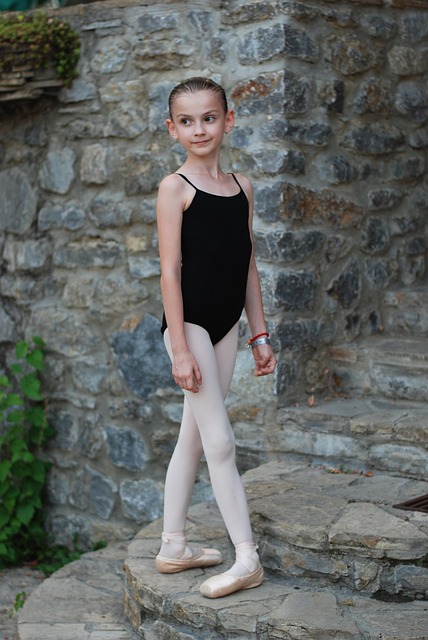
Sarabande
A dance form that originated in Latin America. It became popular in Europe during the 17th and 18th centuries.
Suite
A set of musical dances, played on instruments and in succession. These instrumental dance suites were developed during the Baroque Era.
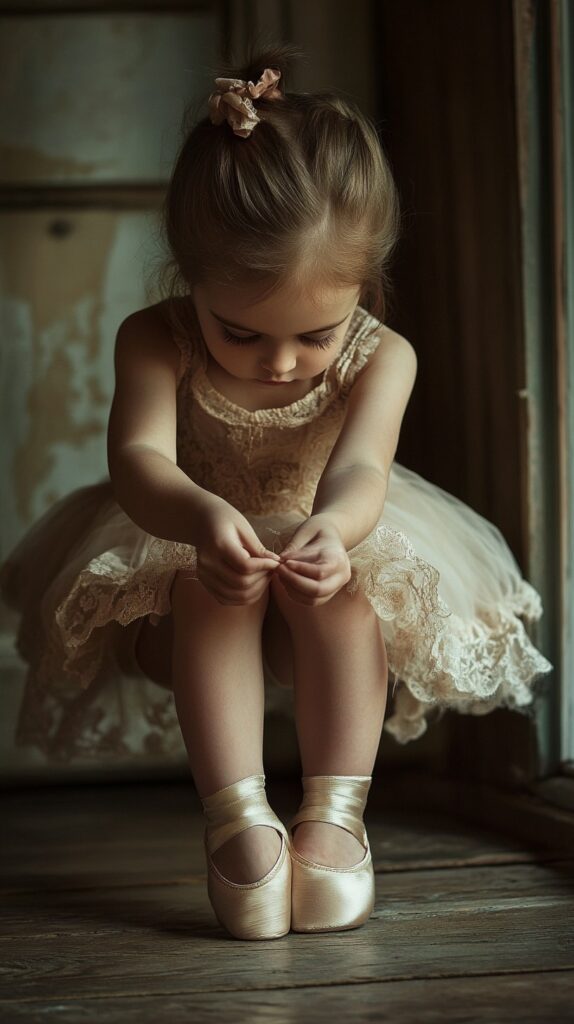
Woman Stock photos by Vecteezy
Troika
A Russian folk dance. The troika became popular during the Romantic Era and is still popular today.
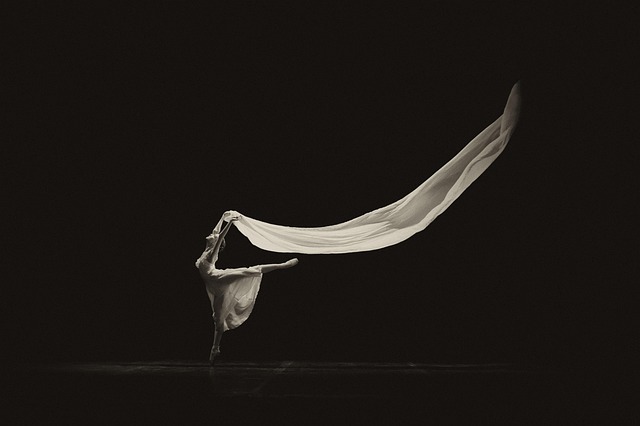
Image by Vladislav83 from Pixabay
Valse
French for waltz.

StockCake
Waltz
German for “to revolve.” A dance in 3/4 time that became popular in the late 1700s.

StockCake
INSTRUMENTS
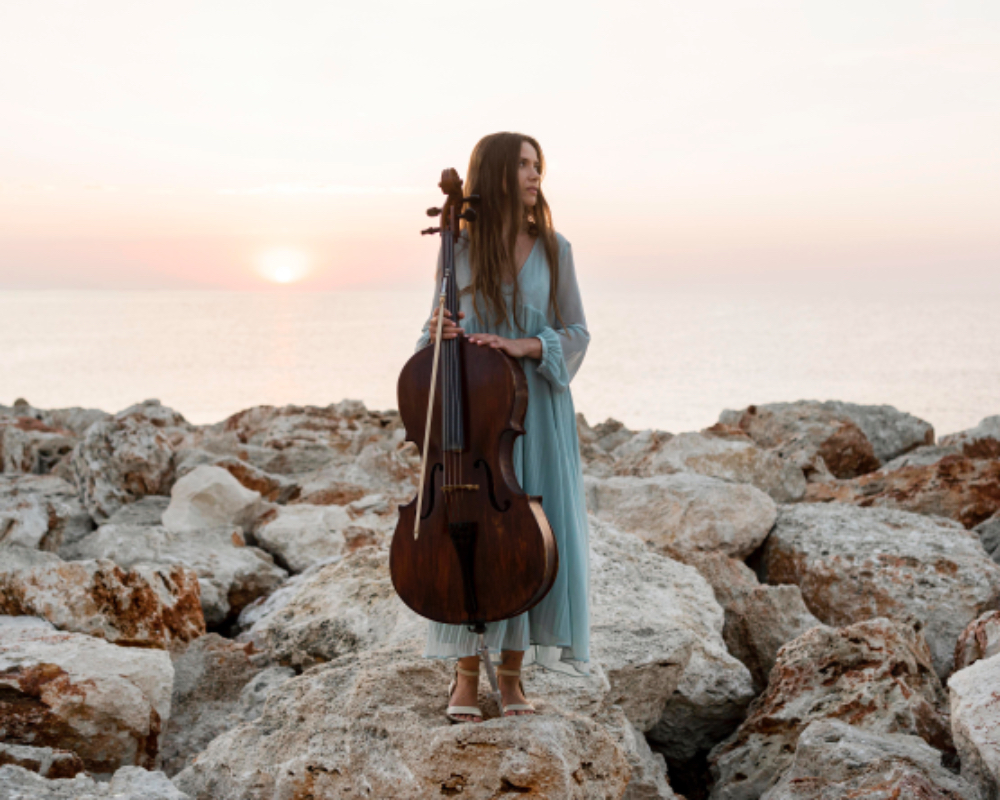
Balalaika
A triangular-shaped Russian lute, with three strings.
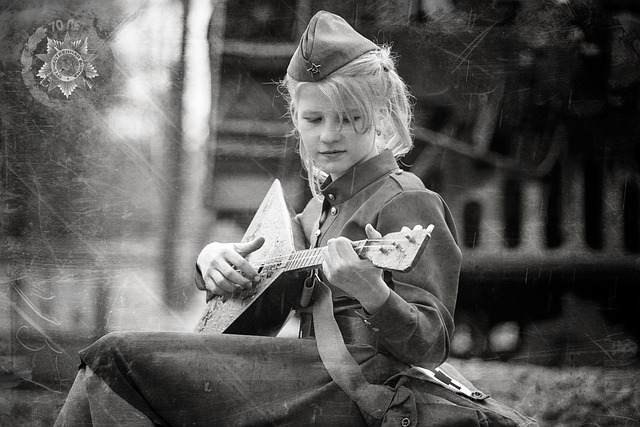
Pixabay
Bell
A curved metal percussion instrument. When struck, the rim receives the maximum vibrations, which sends forth the sound.
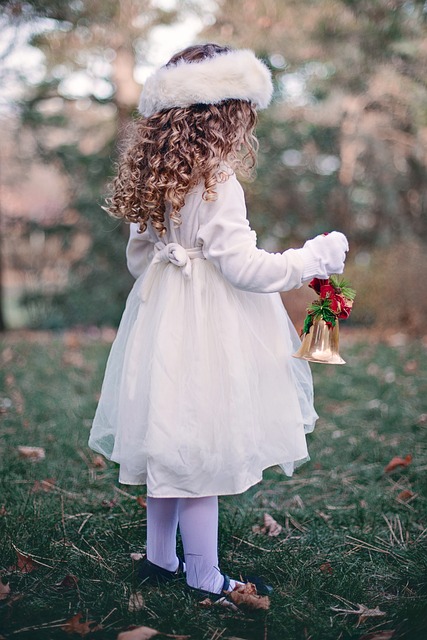
Pixabay
Celeste
A percussion instrument. The keyboard has metal plates which are suspended over resonating boxes. The plates are struck with hammers, like a piano.
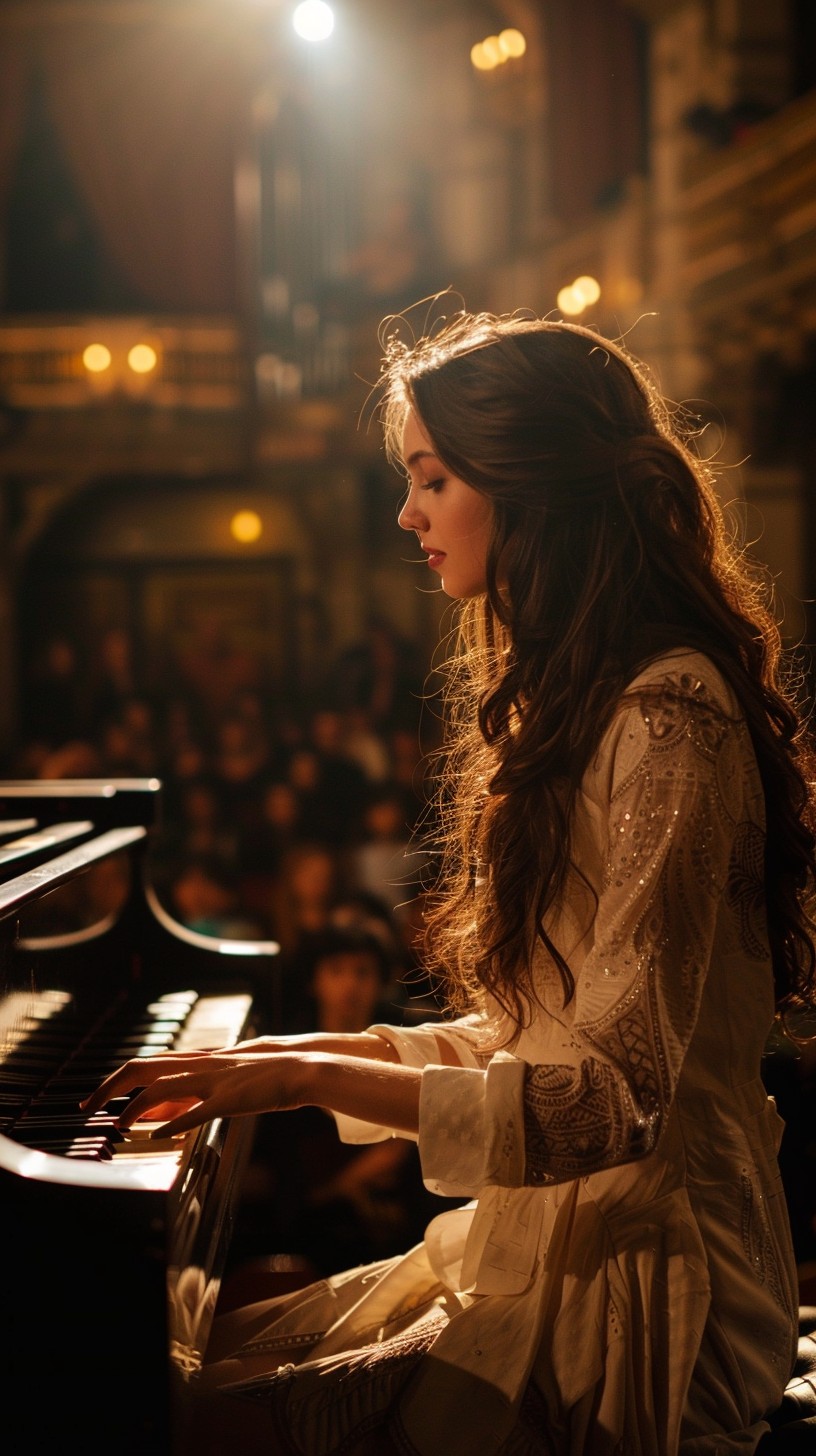
StockCake
Fife
A high-pitched cross flute that is used in military bands.
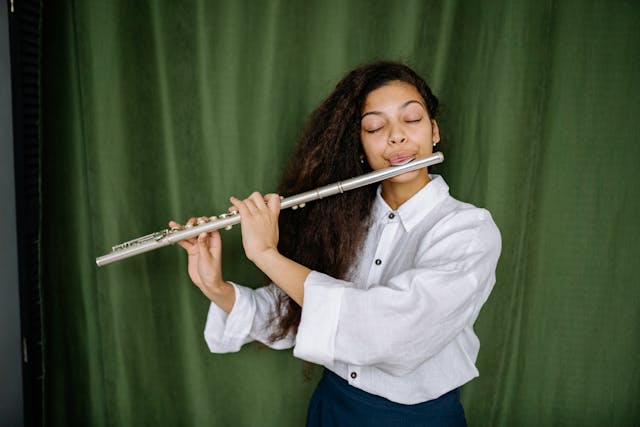
Photo by Yan Krukau
Harper
One who plays the harp.

StockCake
Lute
A fretted stringed instrument with a long neck. The lute originated in the Middle East and became popular in Europe in the 12th century.
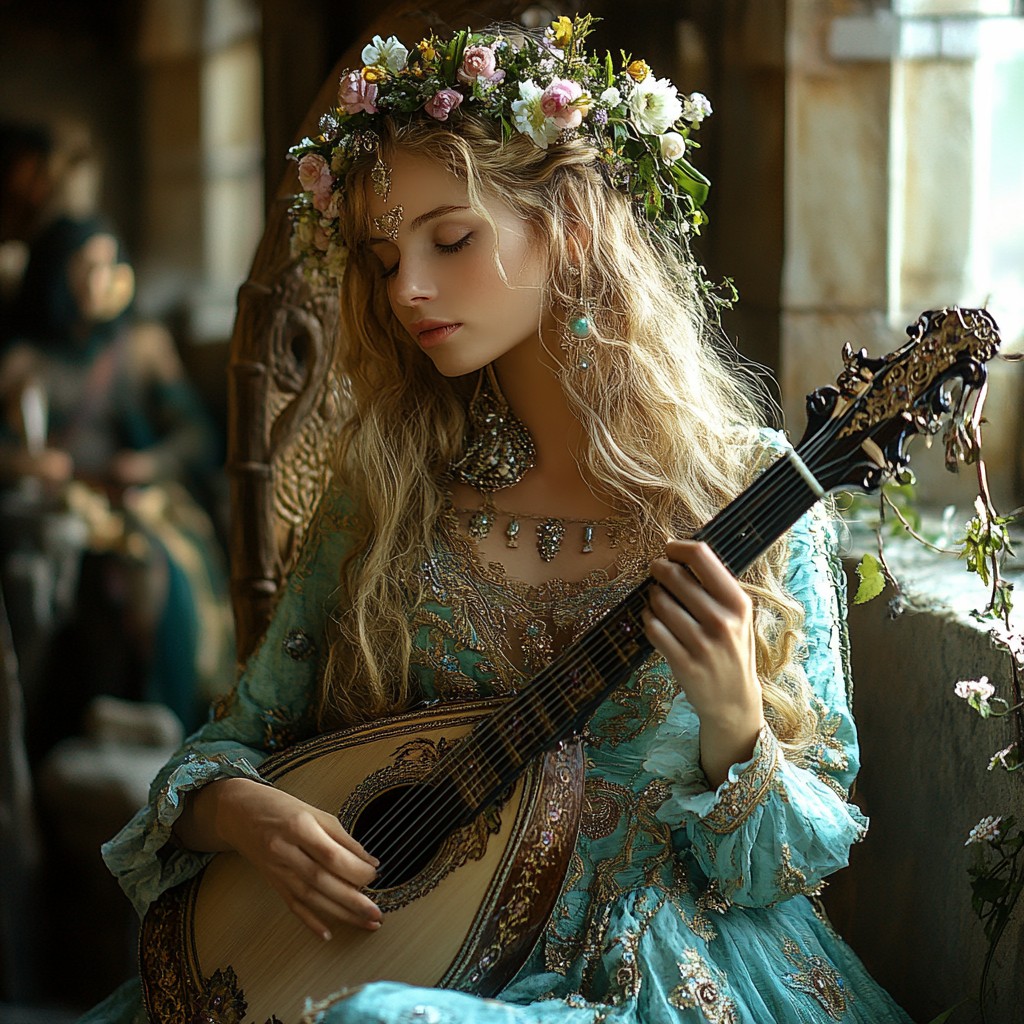
StockCake
Piper
English. One who plays the pipe, the flute, or the bagpipes.
Pyper
English variation of Piper.
Tabor
A small side drum with snares.
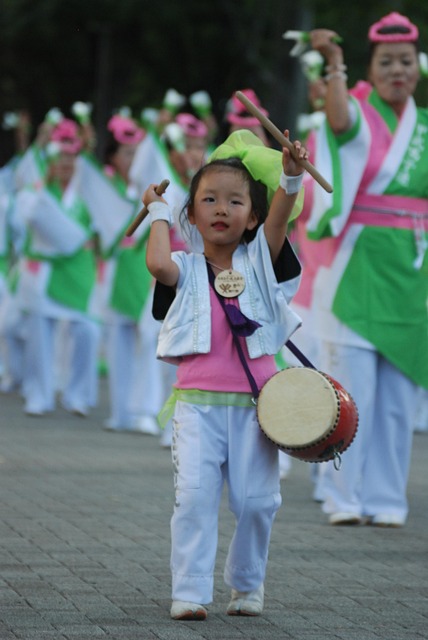
Image by Tuan Hung Nguyen from Pixabay
Tambourine
A single-headed drum with metal discs in the frame. The tambourine originated in Arabia.
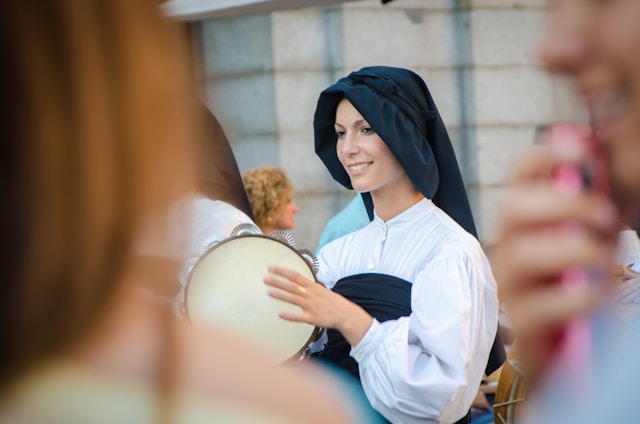
Photo by Kit Suman on Unsplash
Vielle
French for “fiddle”. A Medieval violin with 3-5 strings.
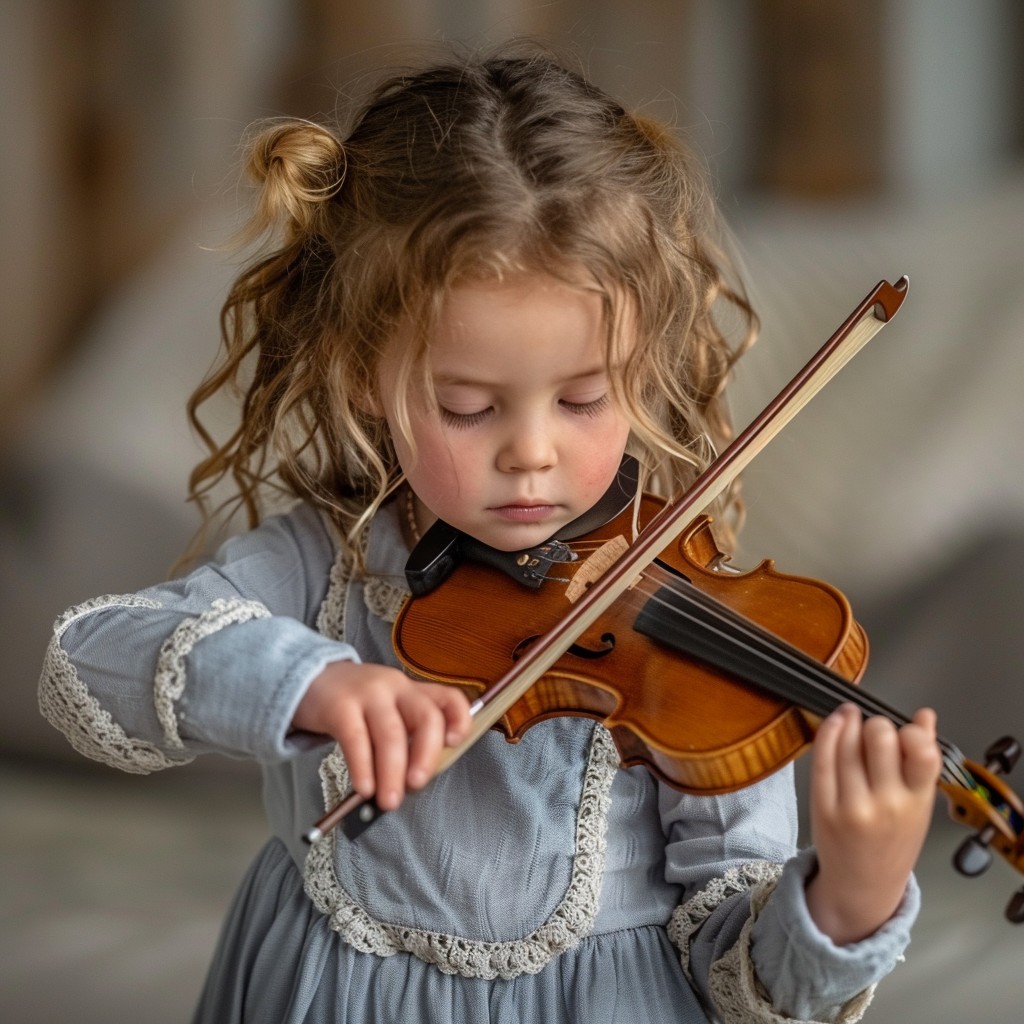
StockCake
Viola
A stringed instrument that is larger than a violin. It is tuned a 5th lower than a violin.
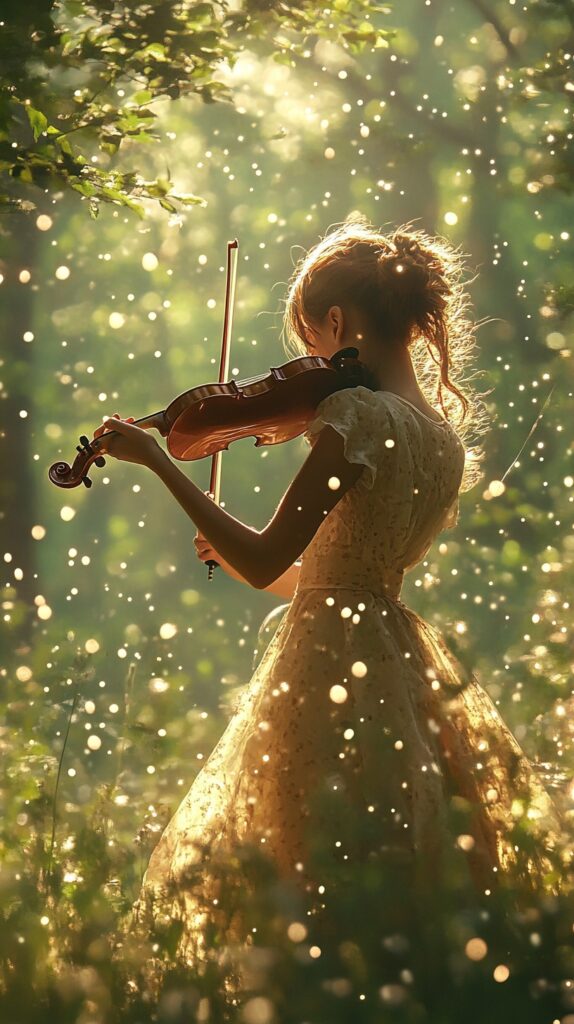
StockCake
TEMPOS

Stocktake
Adagio
Italian for “at ease.” A very slow tempo.
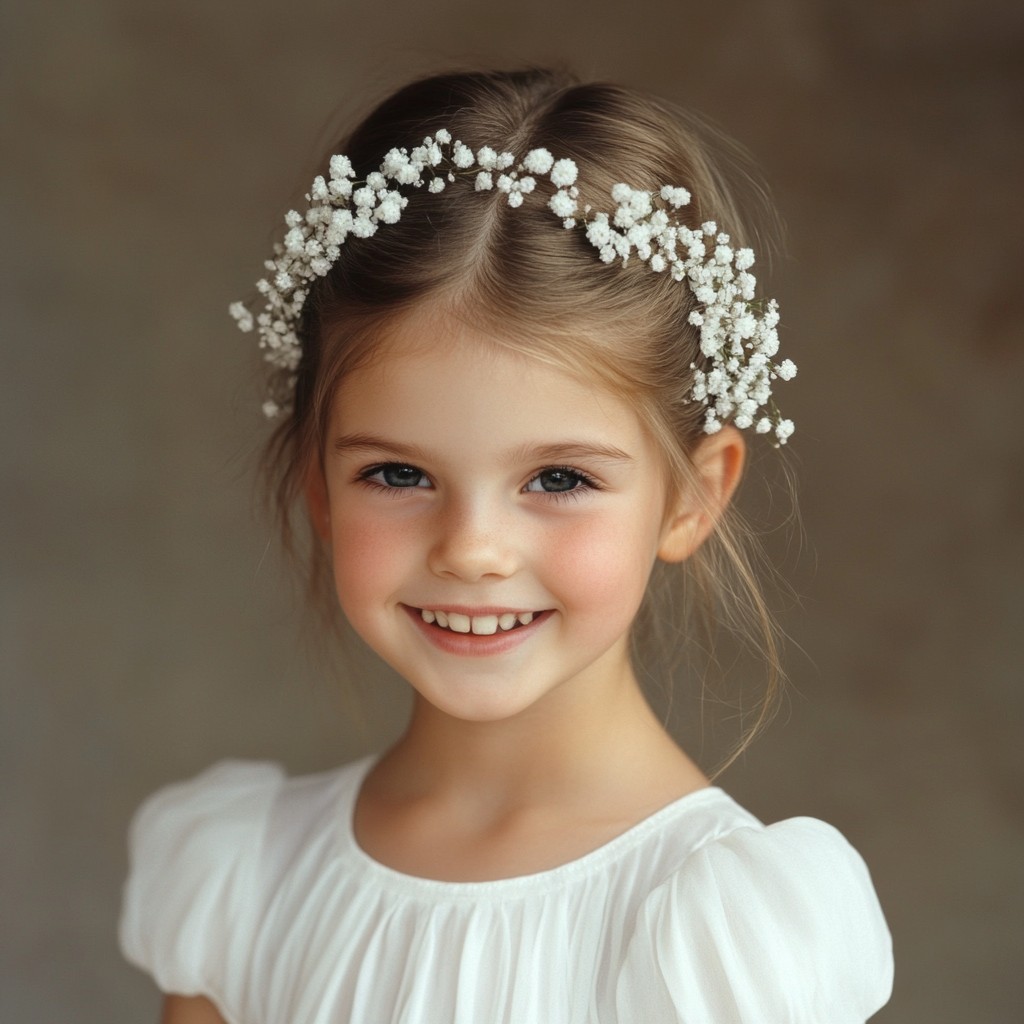
StockCake
Allegro
Italian for “cheerful.” A bright, quick, joyful tempo.
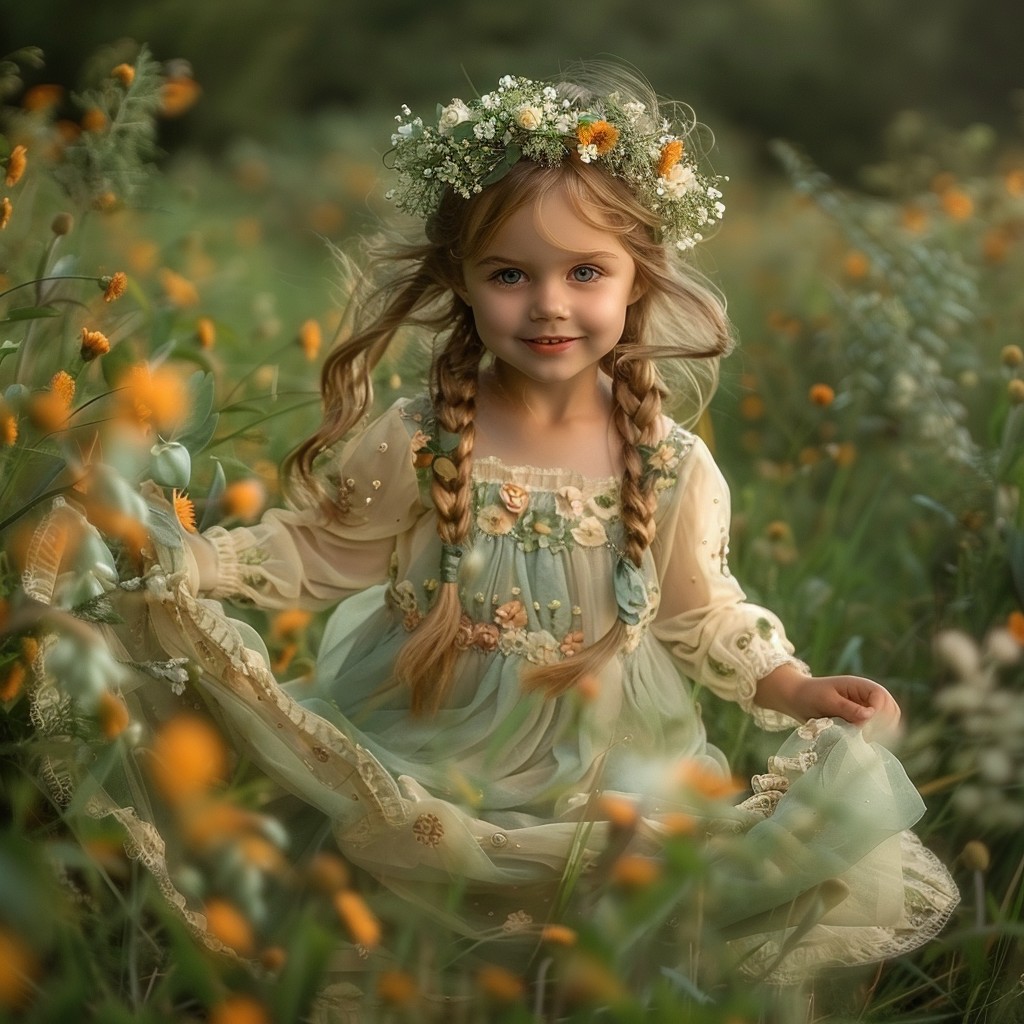
StockCake
Andante
Moderately slow.
Andantino
A little faster than andante.

Largo
Italian for “broad.” Slower than adagio.
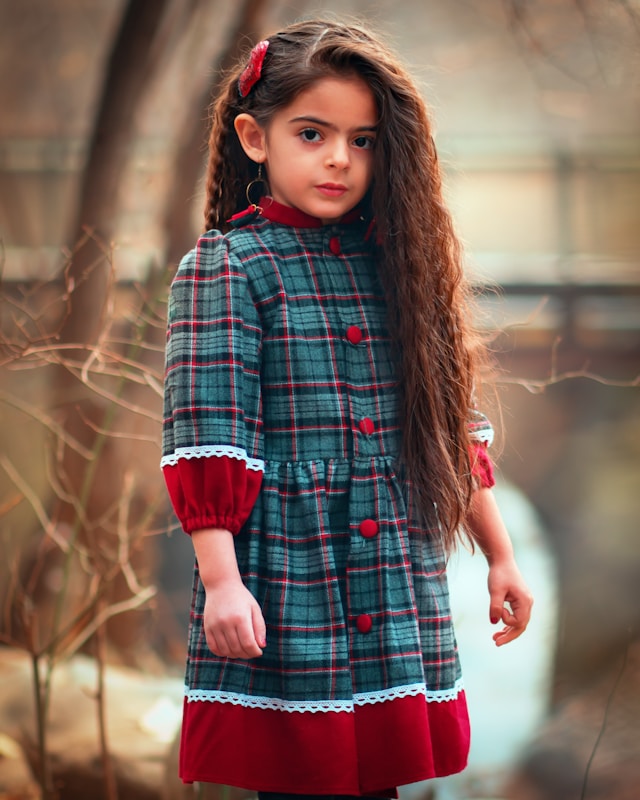
Photo by Kayan Baby on Unsplash
Lento
Italian for “slowly.”
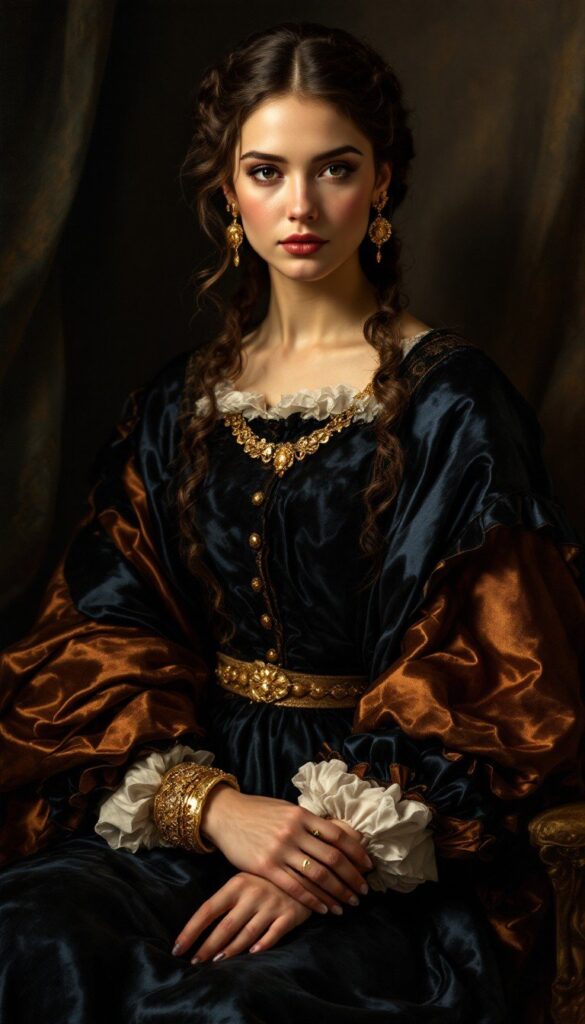
StockCake
Vivace
Lively and brisk.

MUSICAL TERMS & STYLES
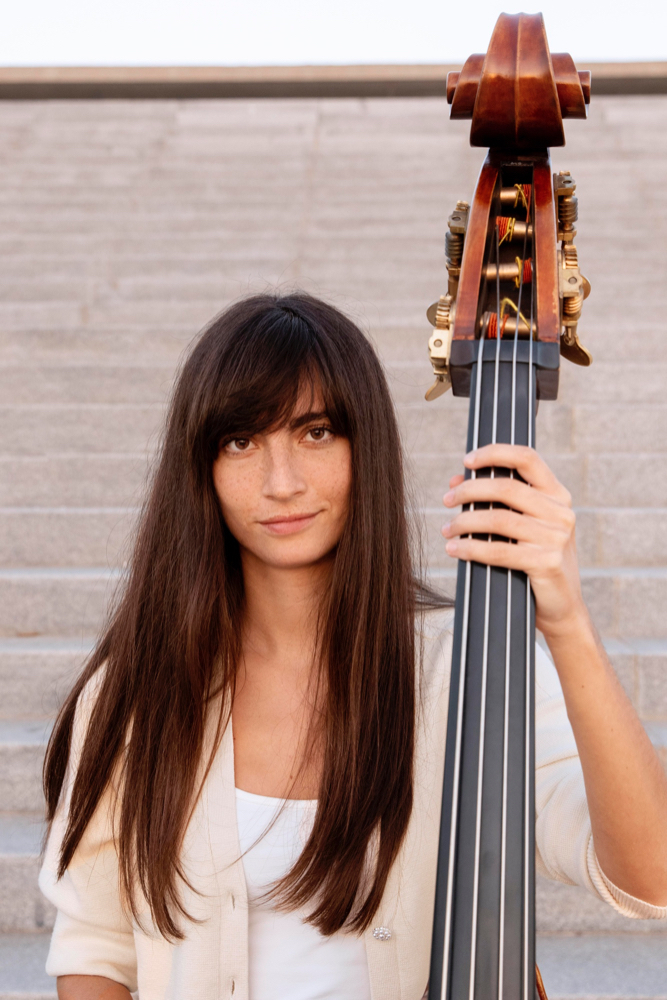
Arco
Playing a stringed instrument with the bow, instead of plucking.

StockCake
Brillante
Italian for “brilliant” or “sparkling.” Often used in 19th century concert music.

StockCake
Cadence
The melodic or harmonic ending of a phrase.

Cantabile
In a singing style. Lyrical.

StockCake
Chanterelle
The highest string of a stringed instrument.
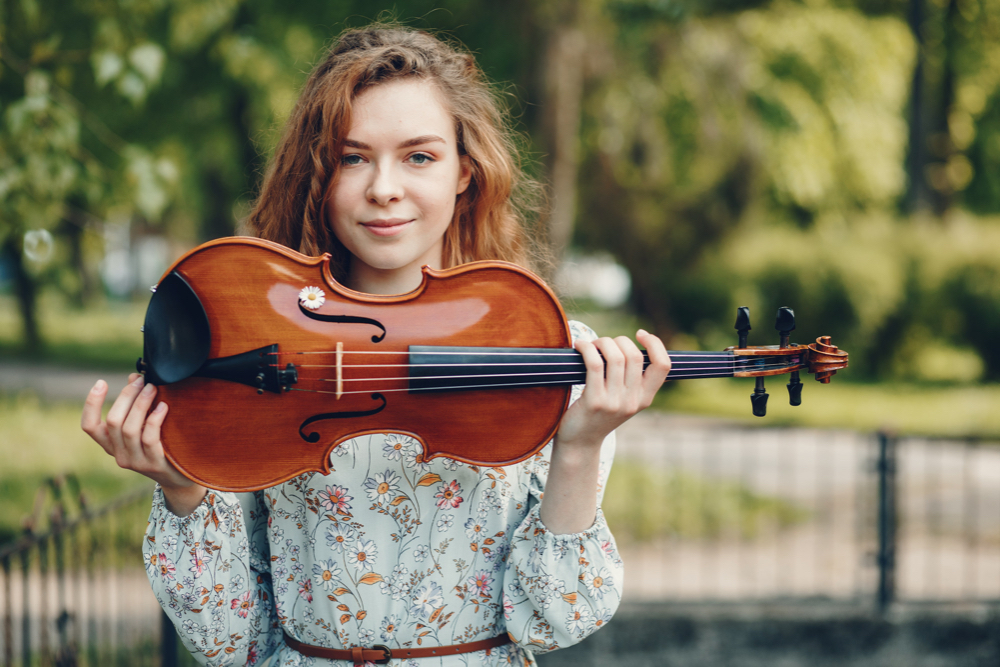
Image by prostooleh on Freepik
Dolce
Italian for “sweet.”
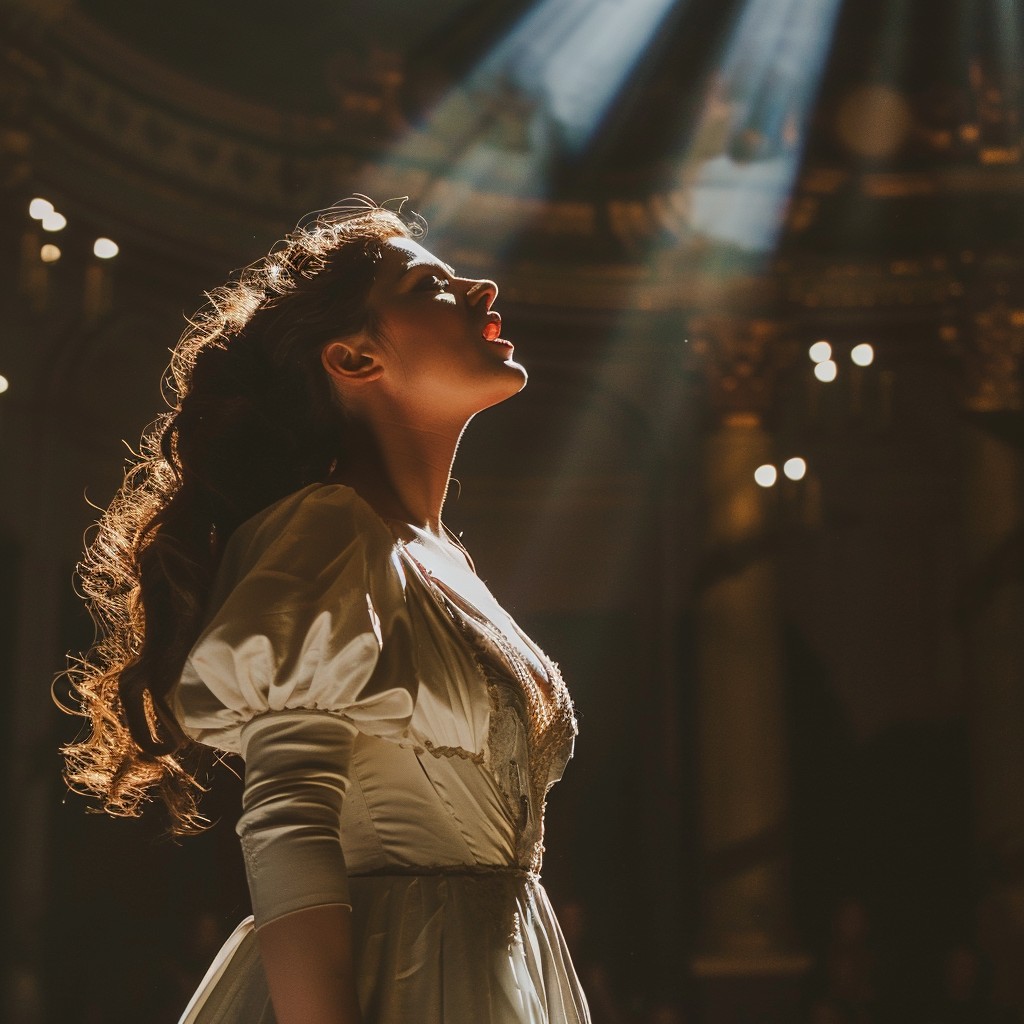
StockCake
Harmony
Simultaneously sounded notes that produce chords and chord progressions.
Lyric
Accompanied by a lyre.
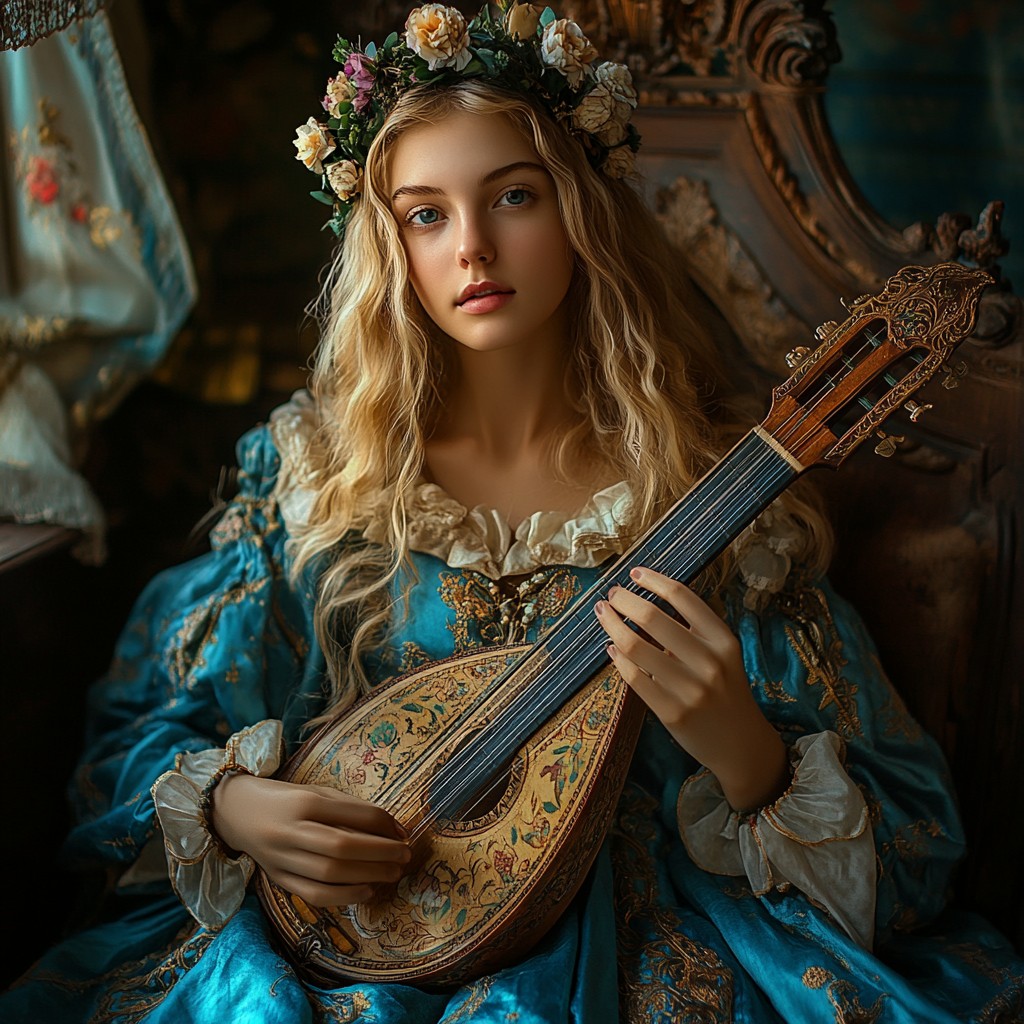
StockCake
Melody
An organized succession pf pitches and rhythms.
Scherzando
Italian for “jokingly” or “playfully.”
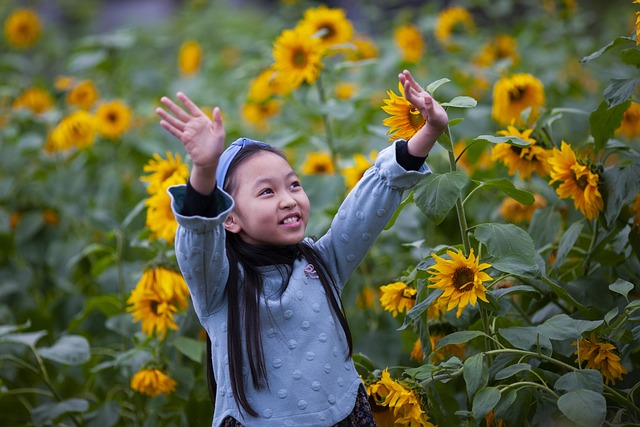
Image by Hai Nguyen from Pixabay
Babies are wonderful gifts from Heaven. And baby girls are so precious. Whatever name you choose will be perfect, because your unique little girl will make the name special.
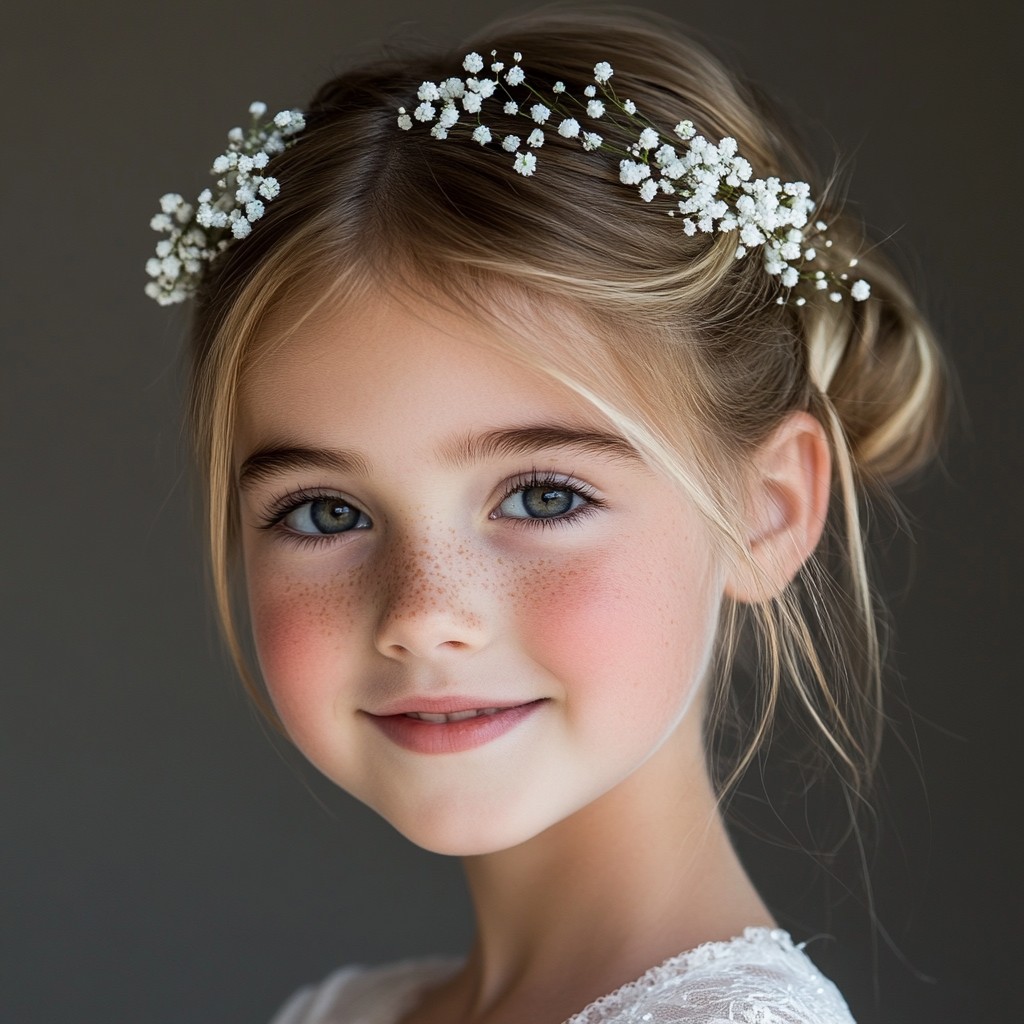
StockCake
Crafting wishes,
Marilee
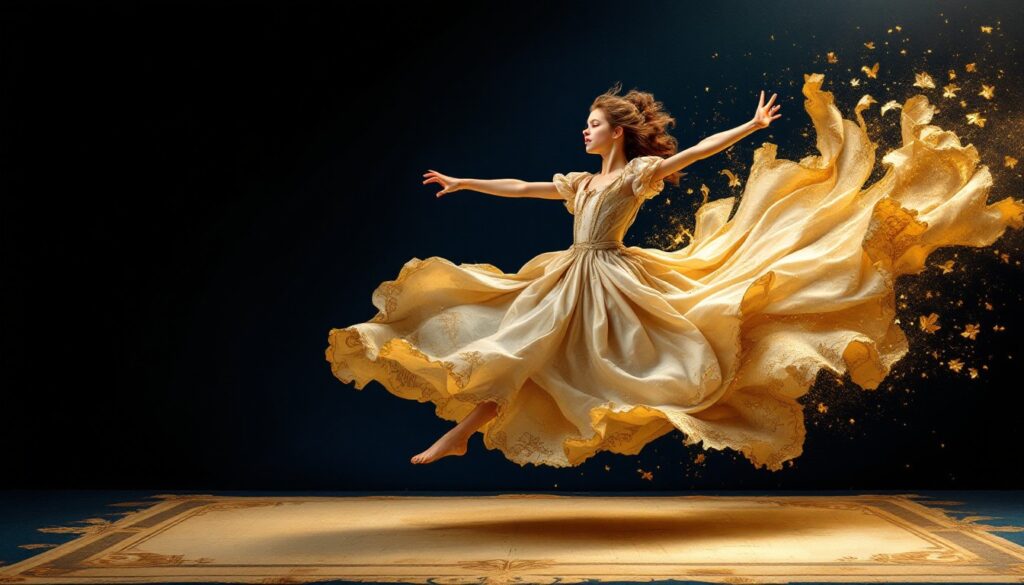
StockCake
A note from Marilee:
I referred to the Oxford Dictionary of Music & New Grove Online for clarification purposes.

Image by prostooleh on Freepik
Follow me for more ways to craft a beautiful life!
And take a look at this guide for putting together your baby shower gift registry. Or find the perfect gift for the baby shower.
The Complete Baby Shower Registry & Gift Guide
Discover more from Crafting Home
Subscribe to get the latest posts sent to your email.
